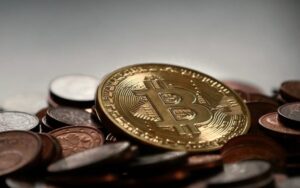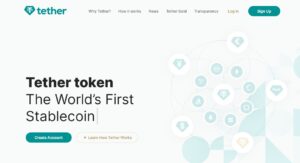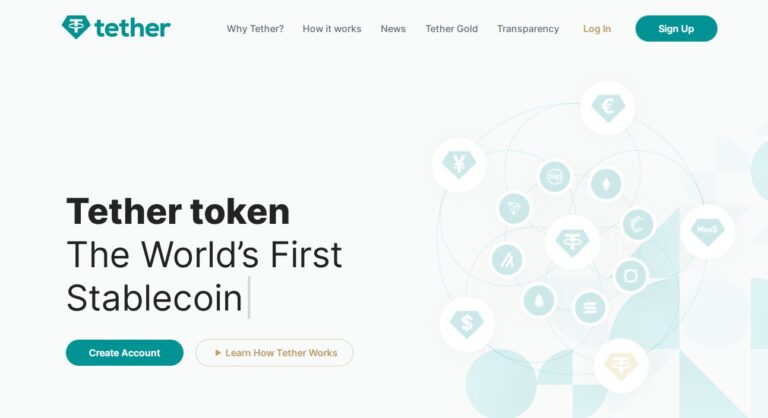The distinction between shortage and scarcity is a key pillar in understanding the delicate balance between demand and supply. Scarcity is a fundamental concept that embodies the struggle between limited resources and unending desires.
From an economic perspective, a shortage is understood as the lack of resources in comparison to people’s boundless desires. It acts as a critical determinant in decision-making processes, compelling individuals and societies to prioritize between needs and wants. Understanding the issue of a shortage requires delving into its deep-rooted causes, which are categorized into three main areas.
Unveiling Scarcity
In economic terms, scarcity refers to the imbalance between the availability of resources and seemingly limitless human desires. This drives decision-making processes, prompting people and societies to prioritize their needs and wants.
Causes of Scarcity:
- Demand-Induced: This occurs when consumer demand exceeds the available supply, exemplified by the shortage of face masks during a global pandemic;
- Supply-Based: External factors hinder the availability of resources, such as droughts reducing water reserves;
- Structural: Inequality in resource access, driven by political or economic reasons.
Now, let’s explore the concept of shortage and its key differences from scarcity.
What is Shortage
Under the economics of shortage, a shortage typically refers to a lack or insufficient supply of goods or services compared to the demand for them. This kind of shortage can be caused by various reasons, such as:
- Supply Chain Disruption: Interruptions in the production or distribution chain can lead to a shortage. For example, if a key component for manufacturing is unavailable or delayed, it can halt the entire process;
- Natural Disasters: Phenomena like hurricanes, earthquakes, or floods can disrupt production capacities or transportation networks, leading to shortages in affected areas;
- High Demand: Sudden spikes in demand, especially for essential goods, can outpace supply. This often occurs during crises or pandemics when people stockpile certain items;
- Government Policy: State regulation, price control, or trade restrictions can sometimes lead to shortages, affecting the dynamics of demand and supply;
- Labor Shortage: A lack of skilled labor or personnel for the production or delivery of goods can lead to a shortage, despite the demand.
Typically, essential goods like food, medicines, energy sources, and even specific items like semiconductors, crucial components in various electronic devices, are affected by shortages. A shortage can disrupt economic equilibrium, impacting prices, availability, and overall stability.
To overcome economic shortages, a combination of measures such as policy adjustment, production stimulation, demand management, and sometimes the import of goods from other regions is often required.
Scarcity in Natural Resources
Scarcity of natural resources refers to the limited availability of materials naturally occurring in the environment and necessary for human needs and economic activities. Several factors contribute to this scarcity:
- Nature’s Finite Resources: Many resources, such as fossil fuels (oil, coal, natural gas) and minerals, are non-renewable and exist in limited quantities. Once depleted, they cannot be easily replenished in human timescales;
- Overexploitation: Human activities often lead to excessive use or exploitation of resources beyond their natural replenishment. Overfishing, deforestation, and over-mining, for instance, lead to the scarcity of resources like timber, fish stocks, and metals;
- Environmental Degradation: Pollution, climate change, and habitat destruction negatively impact ecosystems, decreasing the availability and quality of natural resources. For example, water scarcity can be caused by pollution or misuse of water sources;
- Population Growth and Demand: The world’s population is continually growing, leading to increased resource demand for living, industry development, and infrastructure. The rise in demand can overload existing resources;
- Geopolitical Factors: Issues of control and ownership of natural resources can lead to disputes, limiting access or trade, and creating scarcity in certain regions;
- Efforts to address the issue of natural resource scarcity often include strategies aimed at sustainable usage, conservation, recycling, and developing alternative energy sources and materials.
Innovations in technology and changes in consumption patterns can also help alleviate the strain on limited resources. Additionally, international cooperation and policies play a crucial role in managing these resources and preserving them for future generations.
The Economic Aspect of Scarcity
Scarcity represents a fundamental concept in economics, shaping decision-making processes and resource allocation. It refers to the situation where human desires or needs surpass the limited resources available for their fulfillment. This shortfall leads to several economic implications:
- Resource Allocation: Scarcity of resources necessitates making choices. Economics focuses on how society efficiently allocates these scarce resources among competing uses. This implies making decisions about what goods and services to produce, how to produce them, and for whom;
- Opportunity Costs: When resources are limited, choosing one goal means forgoing the next best alternative. The concept of opportunity costs is crucial for decision-making, as it highlights the trade-offs associated with choices;
- Price Mechanism: Scarcity impacts prices. When a resource is scarce, its price generally increases due to heightened demand or limited supply. Prices act as signals, guiding producers and consumers in making resource allocation decisions;
- Efficiency and Trade-offs: Scarcity forces society to find trade-offs between different uses of resources. Economic efficiency implies maximizing the output of goods and services using the available resources while minimizing losses;
- Incentives and Innovations: Scarcity fosters innovation. The need to overcome resource limitations often leads to new technologies, methods, and ideas that allow more production with fewer resources;
- Income and Wealth Distribution: Scarcity also affects the distribution of income and wealth in society. Resources are distributed among individuals based on their ability to pay, work, or produce;
- Government Intervention: The government often intervenes in managing scarcity through measures like taxation, subsidies, regulation, and social programs aimed at solving resource distribution issues and ensuring fair distribution.
Understanding the economic aspect of scarcity aids economists, policymakers, entrepreneurs, and individuals in making informed decisions regarding production, consumption, investment, and resource management in a world of limited resources and unlimited desires.
Differences Between Scarcity and Shortage
Let’s illustrate the differences between scarcity and shortages in the economy:
| Criteria | Scarcity | Shortages |
|---|---|---|
| Definition | Excess of spending over revenue/income. | Insufficient quantity at prevailing prices; excess demand over supply. |
| Impact | Long-term imbalance in budgets or trade. | Short-term imbalance in supply and demand. |
| Nature | Often associated with fiscal policies (government spending). | Often linked to market dynamics (supply and demand). |
| Causes | Government spending exceeding revenue (budget deficits) or imports surpassing exports (trade deficits). | Sudden changes in demand, supply disruptions, or production inefficiencies. |
| Duration | Can persist for years, affecting national debt and economic stability. | Usually temporary until supply adjusts to demand or prices change. |
| Resolution | May require policy changes, tax adjustments, or spending cuts to address. | Often self-correcting as market forces adjust prices or production. |
Scarcities typically refer to financial imbalances at a macroeconomic level, such as government budgets or trade, while shortages have a more local character, reflecting imbalances in specific markets or products, caused by temporary fluctuations in demand or supply.
To easily and quickly remember the difference between deficits and shortages in economics, one might also utilize Economics Flashcards.
Conclusion
Understanding scarcity goes beyond acknowledging its presence in economic discourse. It involves uncovering its multifaceted aspects, impact on market dynamics, and societal consequences. The distinction between deficits and shortages serves as a guiding principle in resource allocation strategies and shapes economic landscapes.






